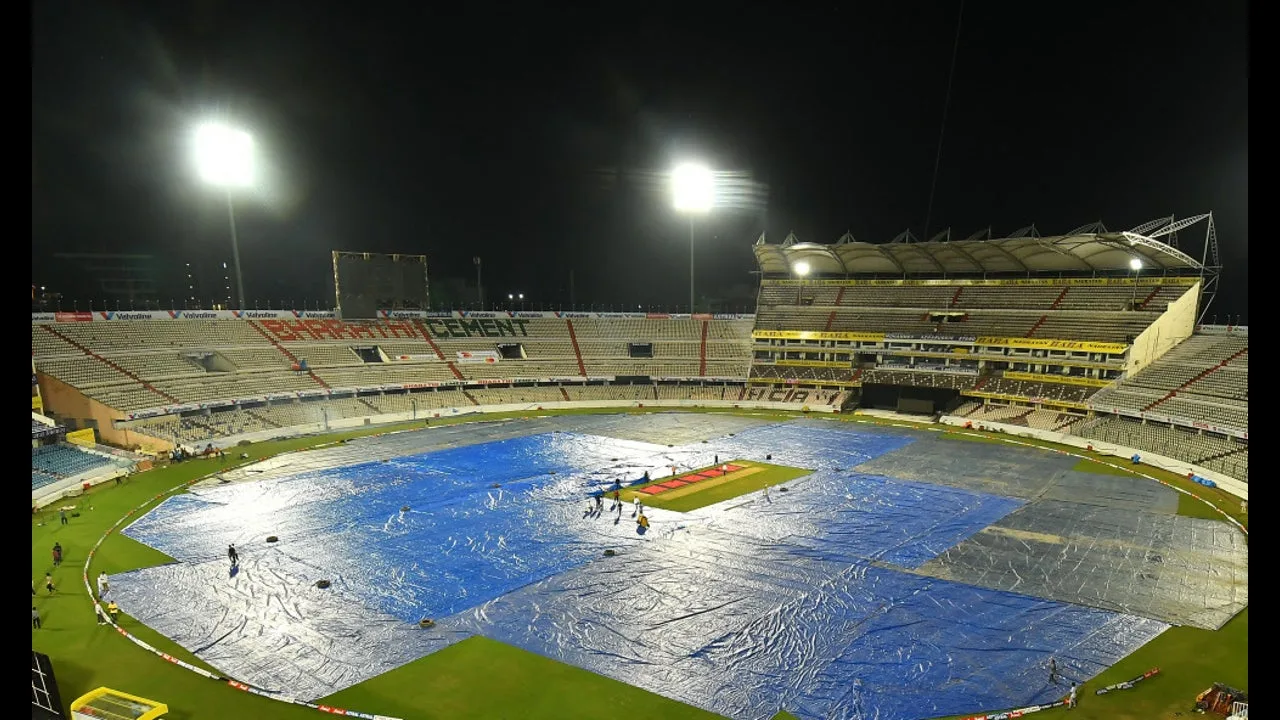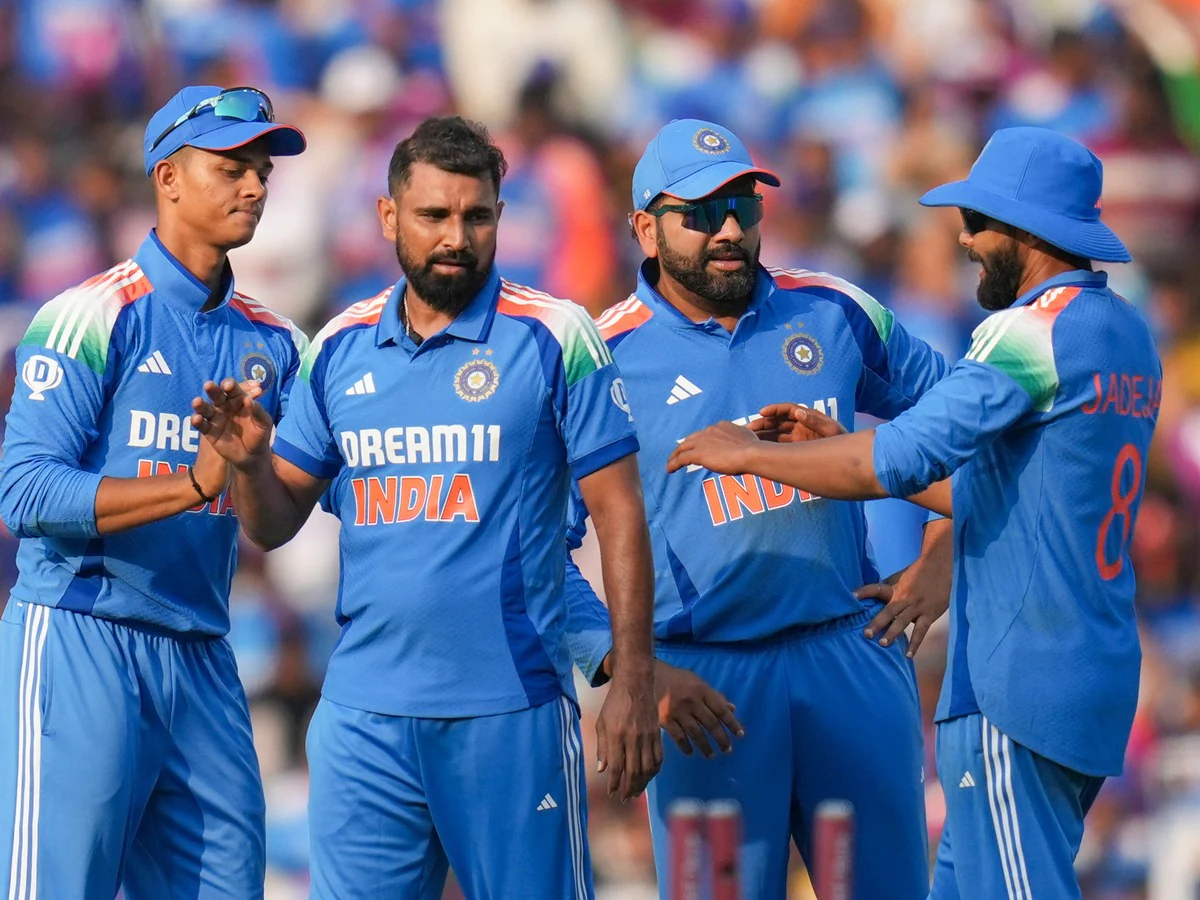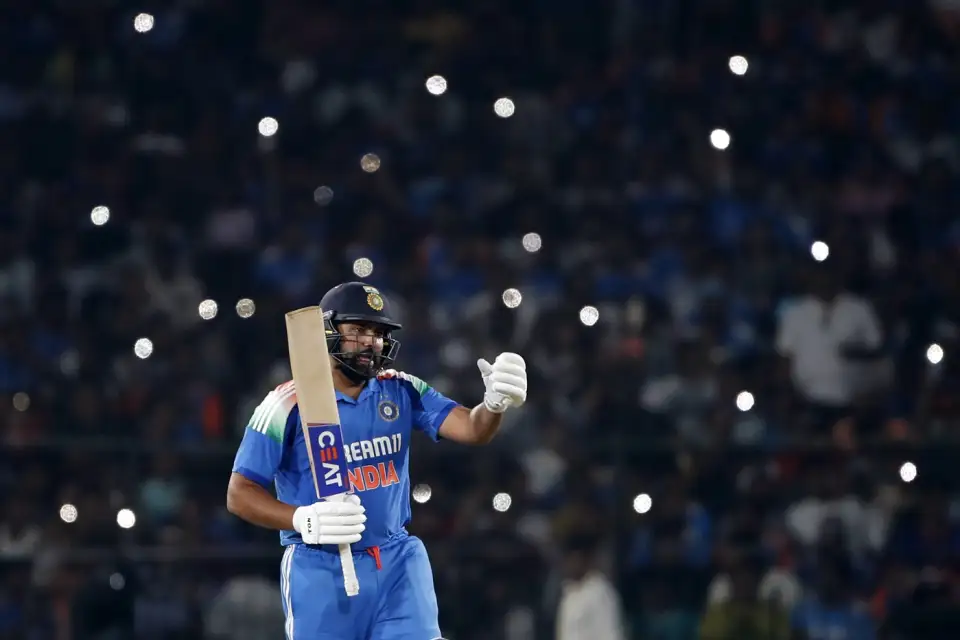Cricket Predictions: In cricket, predicting match outcomes is as much about understanding environmental conditions as it is about analyzing team performance and player statistics. Weather conditions—such as cloud cover, humidity, rain, and even wind speed—can dramatically impact the game’s dynamics. Combined with pitch conditions, these factors influence everything from swing and bounce to the pace and stamina of the players.
Table of Contents
The Role of Cloud Cover
Cloud cover is one of the most discussed factors among cricket analysts, and for good reason. Overcast conditions typically favor fast bowlers by aiding swing. When clouds are present, the moisture in the air helps create the conditions that allow the ball to swing—an action where the ball deviates in the air. This can make it challenging for batters to predict the ball’s trajectory, increasing the chances of early dismissals. As a result, when predicting outcomes under cloudy skies, one might give an advantage to teams with a strong pace bowling lineup.
In contrast, clear skies reduce atmospheric moisture, which can make the ball swing less and favor batters. Knowing a team’s strengths and weaknesses against pace and swing bowling is crucial in making accurate cricket predictions in such conditions.
Humidity
Humidity has a significant effect on both ball movement and player stamina. High humidity levels often make it easier for bowlers to grip the ball, which can enhance their control over swing and seam movement. For this reason, humid conditions tend to benefit bowlers who rely on the ball’s movement through the air.
On the other hand, hot and dry conditions are challenging for both bowlers and fielders, as they can lead to fatigue more quickly. For batsmen, these conditions are often ideal, as there is less movement of the ball in the air. When making predictions, it’s essential to consider the likely stamina of bowlers and fielders, as a tired bowling attack can lead to higher scores by the opposing team.
Rain
Rain is perhaps the most disruptive weather condition in cricket. A sudden shower can delay or shorten the match, making it difficult to predict outcomes accurately. When rain reduces the number of overs, the game switches to the Duckworth-Lewis (DLS) method, which recalculates target scores based on the revised overs. This often favors the team that has already batted, as their score becomes harder to chase under the shortened conditions.
For predictions, rain interruptions typically suggest higher unpredictability and the need to adjust calculations. Teams with aggressive hitters may be better placed in rain-affected games, as shorter games can favor those with a higher run rate rather than those relying on endurance.
Temperature
Temperature impacts player stamina, especially in long formats like Test matches. High temperatures can lead to player fatigue, which can slow down fielders and bowlers, making it easier for batters to score runs. In extreme heat, teams with more conditioned athletes may hold an advantage as they’re able to endure longer periods without a dip in performance. When predicting a match in hot weather, it’s often beneficial to consider the depth of each team’s bowling attack and their fitness levels.
Cold weather, on the other hand, tends to help players stay fresher for longer. However, it can be challenging for batters, as the cooler air may make the ball harder to hit long distances due to increased density. Temperature is thus an important consideration, particularly in matches involving extended play or those in varying climates.
Pitch Conditions
The pitch is closely tied to weather and can amplify or lessen the impact of atmospheric conditions.
Dry and Cracked Pitches, these tend to favor spin bowlers, especially on the final days of a Test match, as the cracks widen and give the ball more unpredictable bounce. This is common in hot, dry conditions.
Damp Pitches that retains moisture, often due to rain or humidity, usually favors seamers and swing bowlers. The ball grips the surface better, which can create lateral movement. In such cases, teams with a strong fast-bowling attack often perform better.
Understanding how the weather will likely affect the pitch is crucial when making predictions. Hot and dry weather over several days can turn a good batting pitch into a spinner’s paradise by the end of the game. Conversely, if rain is expected, a green pitch that was initially suited for fast bowlers may stay that way for the entire match.
Dew and Evening Conditions
For day-night matches, dew is a factor that influences evening play. As temperatures drop at night, dew forms on the pitch, making it harder for bowlers to grip the ball and making the surface slightly slick. In these conditions, batsmen often find it easier to score, so if a team is chasing a target, the dew factor can work in their favor.
When predicting outcomes for day-night matches, considering the dew factor and whether a team is skilled at batting under these conditions can be critical. Teams may choose to bowl first in these matches to take advantage of the dew, which can reduce the effectiveness of spin and make it difficult for bowlers to maintain control.
Predicting cricket outcomes involves a complex blend of statistical analysis, understanding of team dynamics, and environmental factors. Weather and pitch conditions are integral to this mix, often influencing the way each team plays and the performance of individual players.
Read more: PM Modi on AI: Embracing Innovation While Addressing Challenges















